Protection Methods Against Seawater Erosion for Elastomeric Foam in Marine Applications
2025-06-19 08:59:23
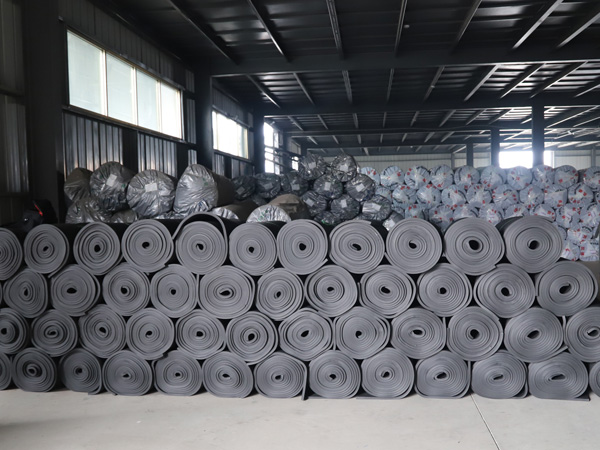
Protection Methods Against Seawater Erosion for Elastomeric Foam in Marine Applications
1. Material Selection for Marine Environments
Closed-Cell Structure: Ensures minimal water absorption (≤0.5% by volume) even under prolonged immersion.
Halogen-Free Formulations: Prevents salt-induced chemical degradation (e.g., avoid PVC-based foams).
EPDM-Based Foam: Superior resistance to UV, ozone, and saltwater compared to NBR blends.
2. Surface Protection Techniques
Anti-Corrosion Coatings
Apply zinc-rich epoxy primers or polyurethane topcoats to foam surfaces exposed to splash zones.
Metalized Facing
Laminated aluminum foil (≥0.1mm thick) acts as a moisture and chloride barrier.
Sacrificial Layers
Install HDPE or FRP (fiber-reinforced plastic) jacketing over insulation in high-erosion areas.
3. Installation Best Practices
Seam Sealing
Use seawater-resistant mastics (e.g., polysulfide sealants) at all joints, overlapping edges by ≥20mm.
Isolation from Metals
Separate foam from steel pipes/supports using PVC or neoprene spacers to prevent galvanic corrosion.
Elevated Mounting
Design installations with drainage gaps to avoid stagnant saltwater accumulation.
4. Maintenance Protocols
Routine Rinsing
Flush with freshwater quarterly to remove salt deposits (critical for offshore platforms).
Inspection Focus Areas
Prioritize checks at:
Pipe hangers and supports
Welded seams in jacketing
Equipment penetration points
5. Advanced Solutions for Extreme Conditions
Cathodic Protection
Combine with impressed current systems for submerged applications (e.g., ballast tanks).
Nano-Coatings
Hydrophobic silane-based treatments reduce salt adhesion by 70% (tested per ASTM D1141).
6. Failure Prevention
Material Testing
Verify performance via:
ASTM B117 (salt spray test, 1000+ hours)
ISO 20340 (cyclic marine exposure)
Design Redundancy
Layer foam with self-healing membranes to automatically seal minor breaches.
For Naval Vessels: Specify Class-approved elastomeric foam meeting MIL-STD-810 for shock/vibration resistance alongside corrosion protection.
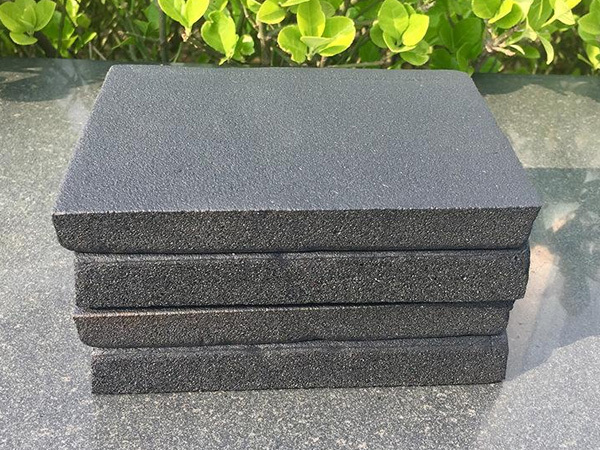
OurFlame Retardant Rubber Foamis a premium closed-cell elastomeric insulation material engi...
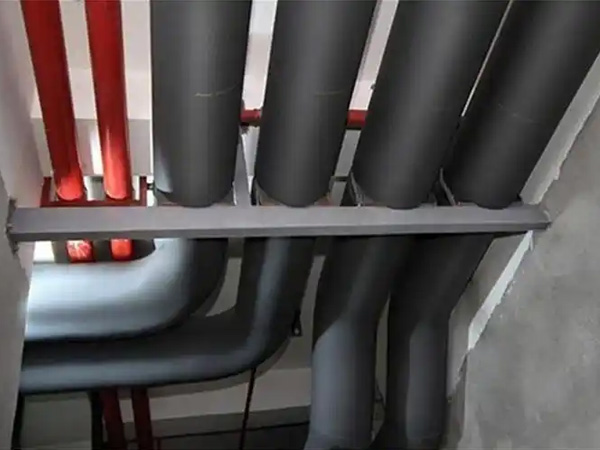
OurRubber Pipe Insulationis a high-performance solution designed specifically for HVAC pipi...
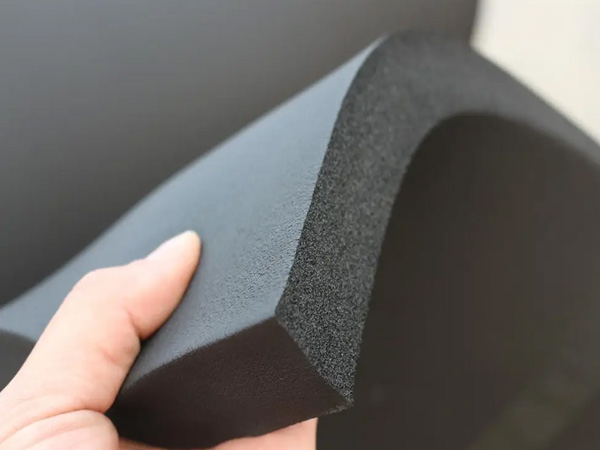
Rubber Foam Insulation Sheet – Product Introduction Premium Flexible Insulation for Therm...
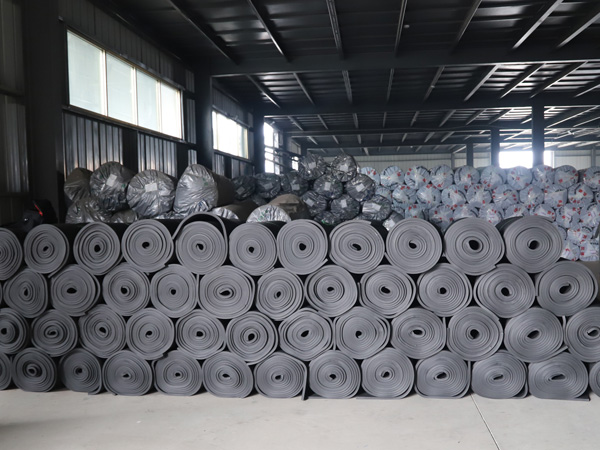
Specially engineered for refrigeration applications, ourElastomeric Rubber Insulationprovid...



